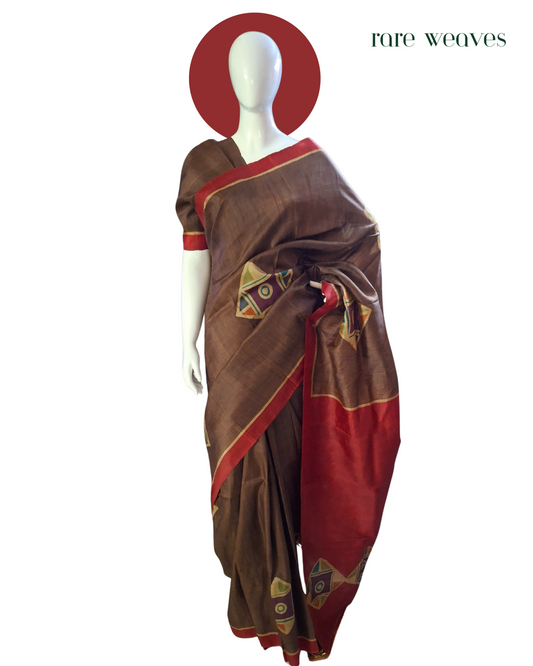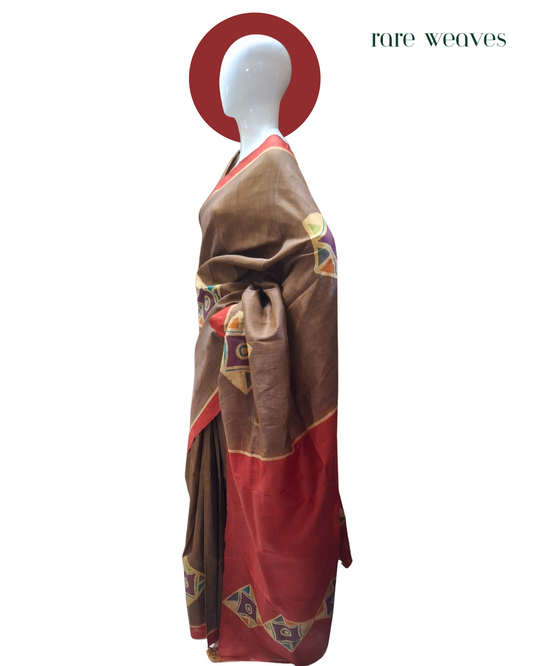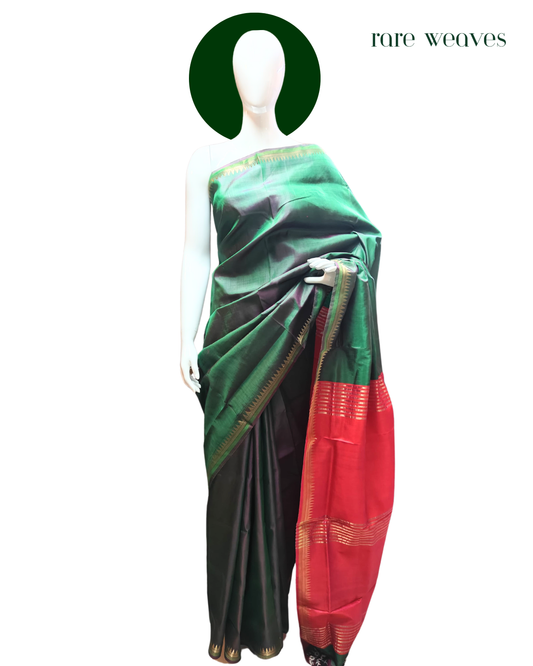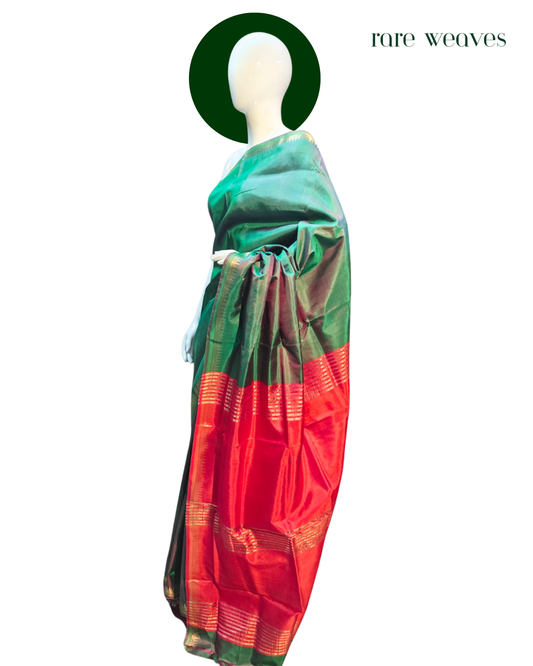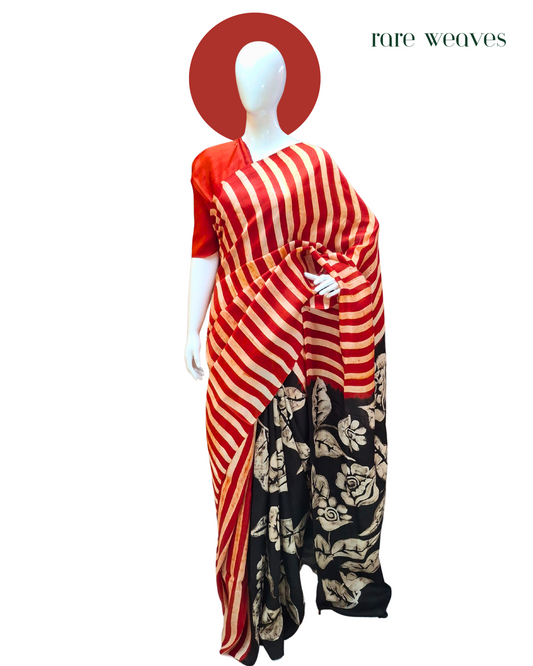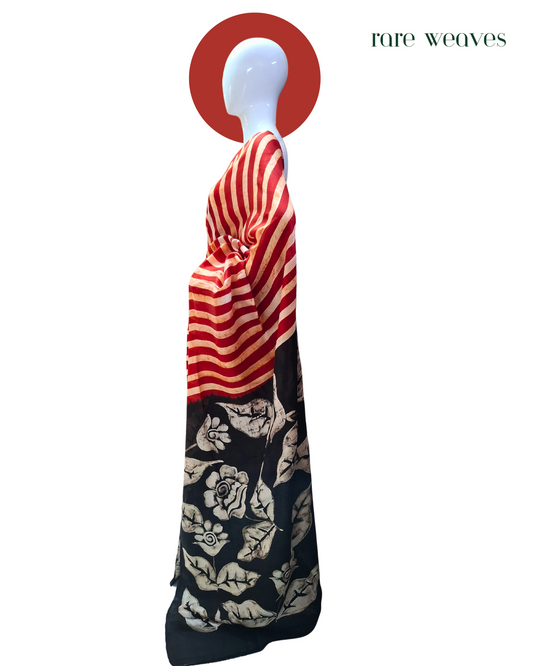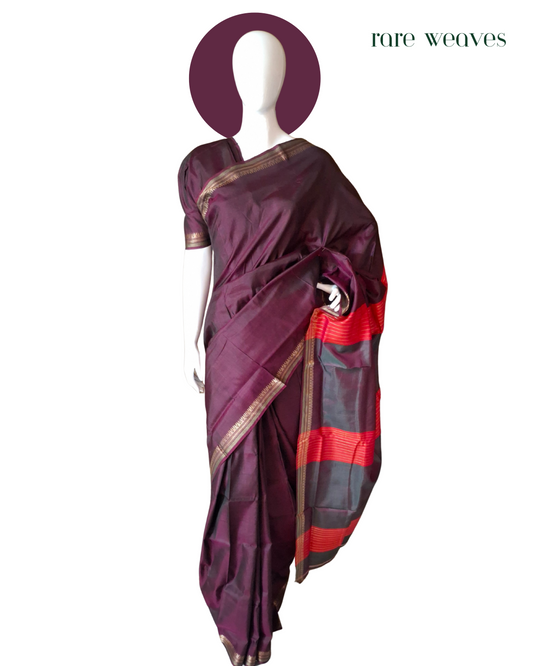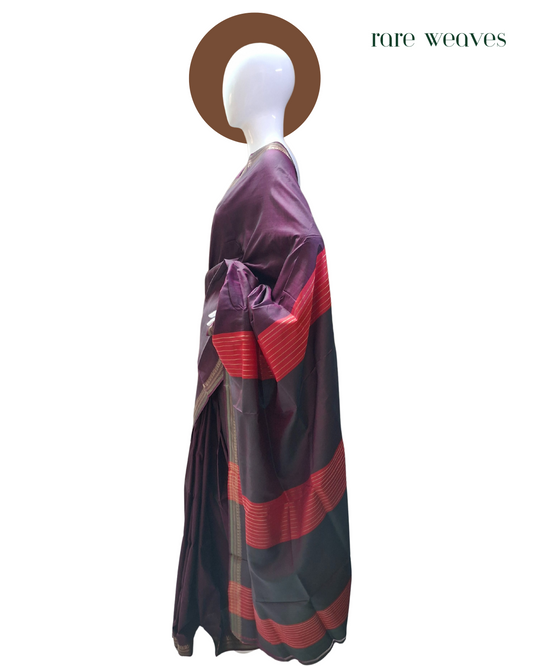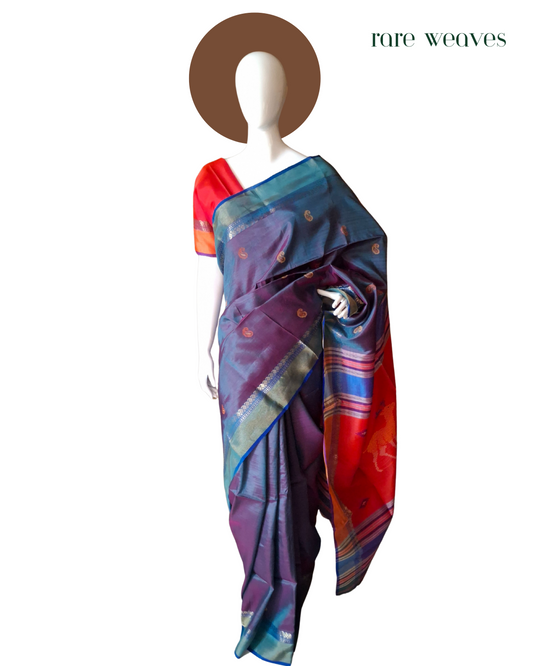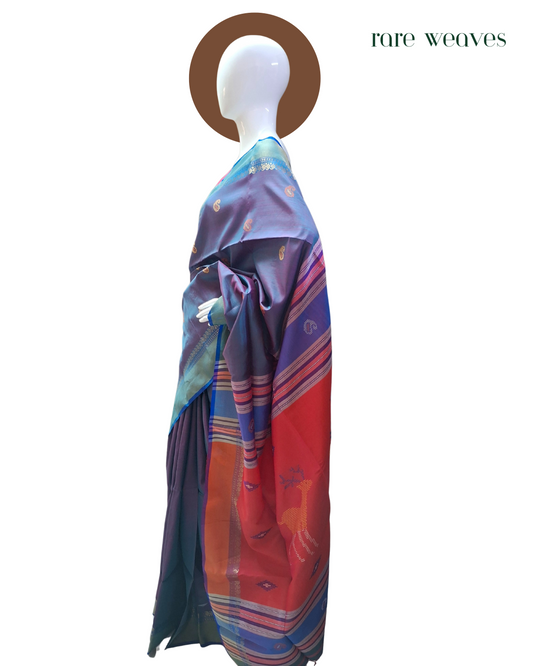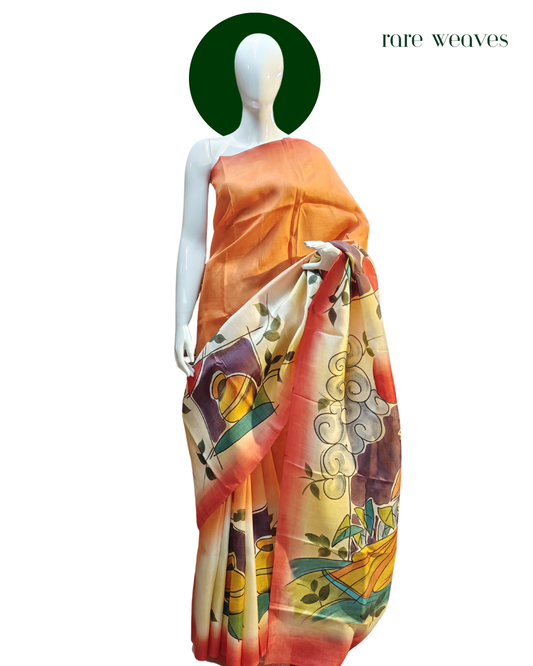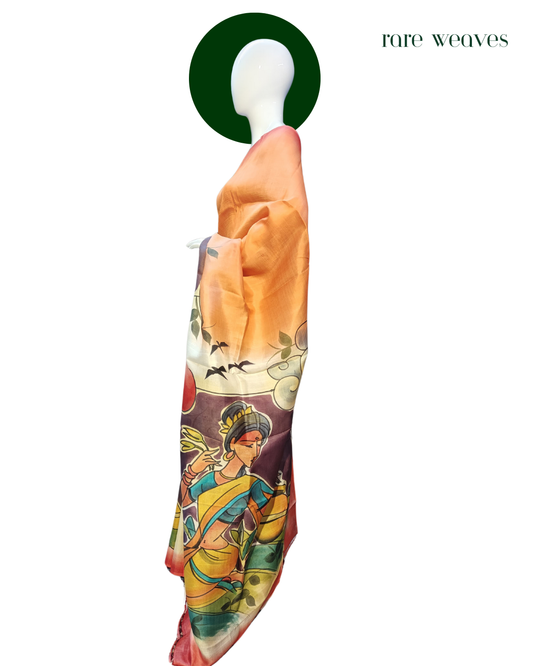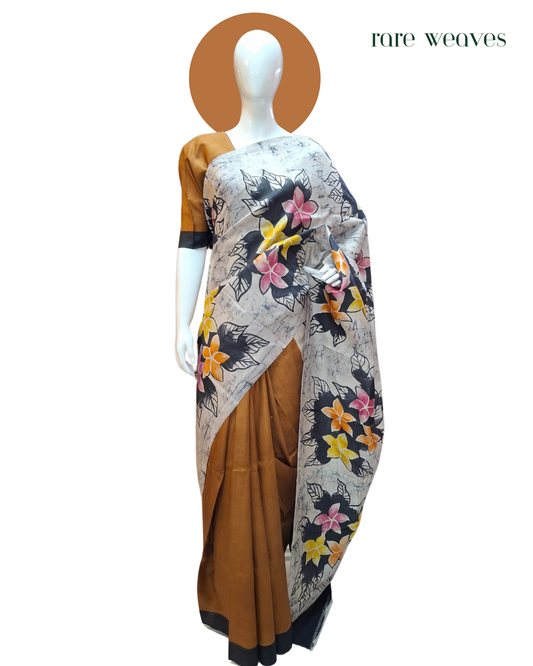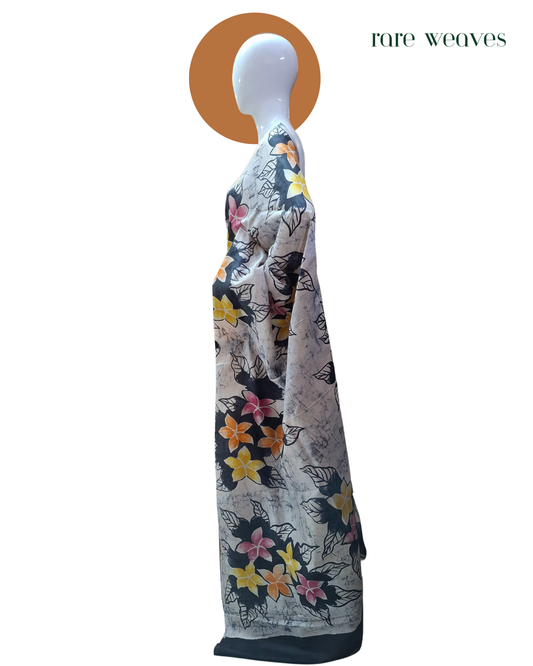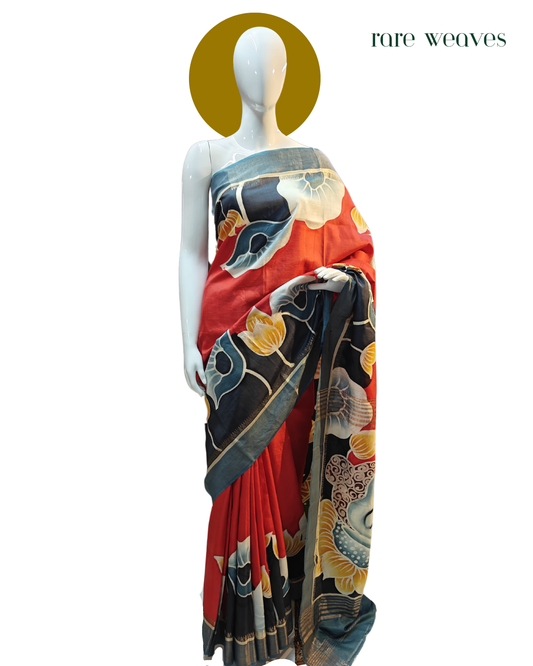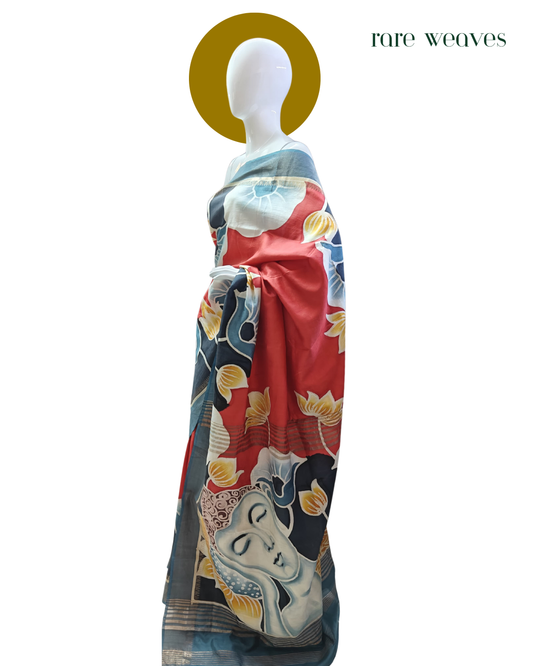Collection: Bishnupur Silk
Silk weaving in Bishnupur has a rich legacy that stretches back several centuries. It reached its peak during the 18th and early 19th centuries, a time when the East India Company actively traded in embroidered scarves and floral fabrics crafted from the region’s exquisite Bishnupuri silk. These delicate weaves found their way into fine dresses and accessories across Europe, cementing Bishnupur’s place on the global textile map.
Not far away, about 200 kilometers north in Murshidabad, another silk tradition was thriving; the weaving of the famed Baluchari sarees. Under the royal patronage of the Nawabs of Bengal, Baluchari weaving flourished on the banks of the river Bhagirathi. However, natural calamity changed its course: a devastating flood forced the weavers to abandon their riverside settlements and relocate to Bishnupur.
The decline of traditional weaving under British colonial rule was swift and severe. Cheap, machine-made fabric from England flooded the market, and economic restrictions further strained the livelihoods of local artisans. The once-vibrant Baluchari tradition nearly faded into obscurity.
It wasn’t until the mid-20th century that Baluchari weaving found its second wind. Artist and revivalist Subho Thakur played a pivotal role in its resurgence by introducing the jacquard weaving technique. This innovation significantly streamlined the weaving process, making it faster and more accessible for artisans.
Today, Baluchari sarees continue to be woven in Bishnupur, adorned with intricate motifs drawn from epics and sacred texts, a living tradition that carries centuries of heritage in every thread.
-
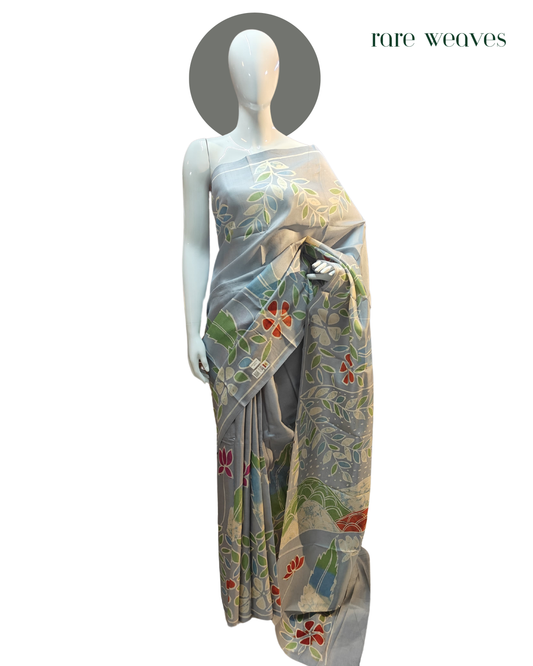
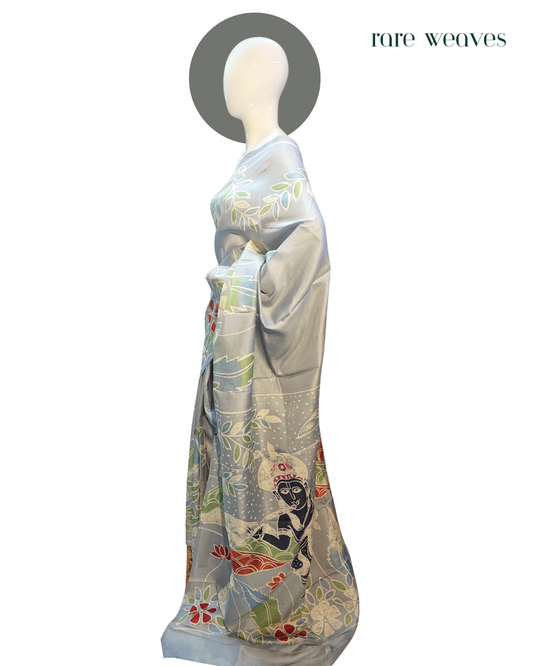 Sold out
Sold outBatik on Bishnupur Katan Silk
Regular price Rs. 5,850.00Regular priceUnit price / per -
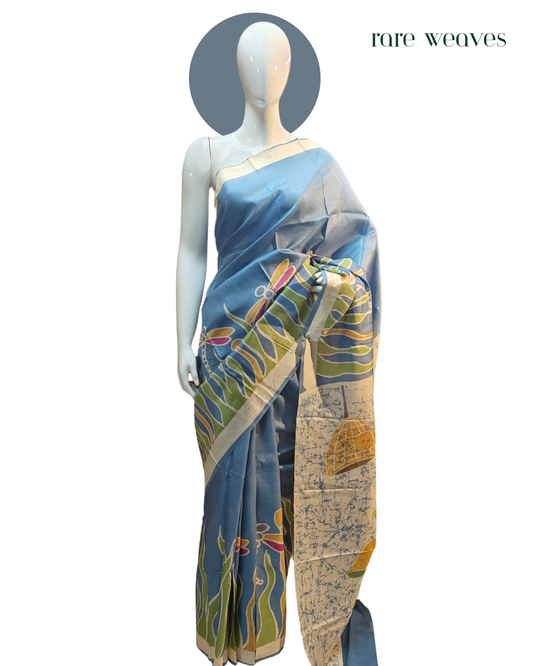
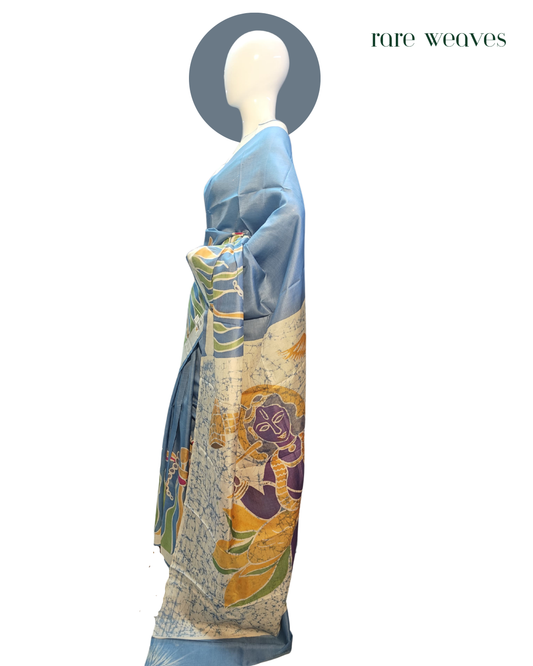 Sold out
Sold outBatik on Bishnupur Katan Silk
Regular price Rs. 5,500.00Regular priceUnit price / per -
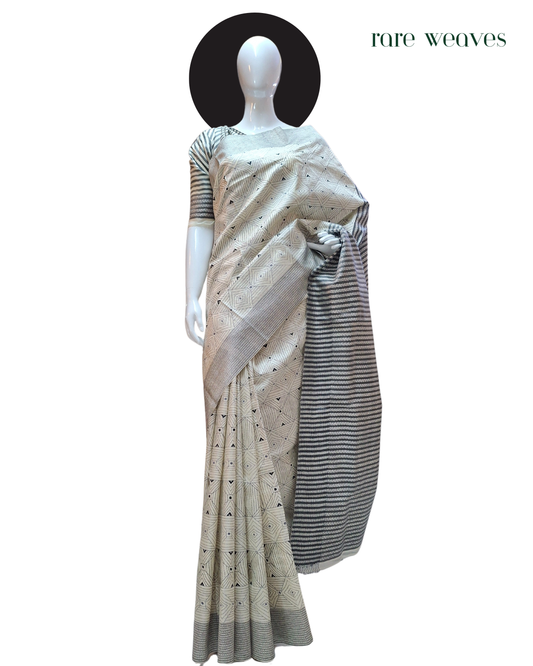
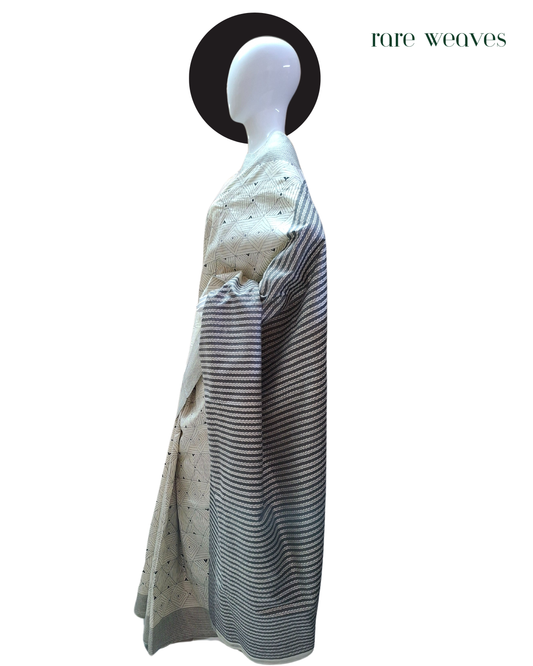 Sold out
Sold outBishnupur Katan Kantha
Regular price Rs. 9,800.00Regular priceUnit price / per -
Bishnupur Katan Silk Saree with Hand Batik
Regular price Rs. 5,850.00Regular priceUnit price / per -
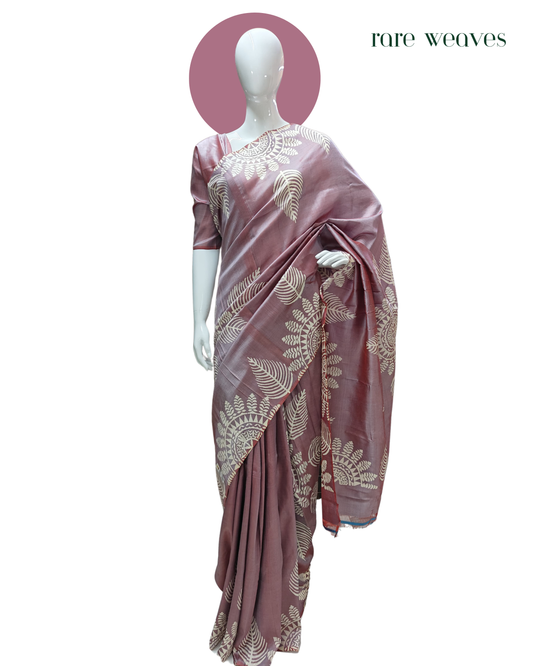
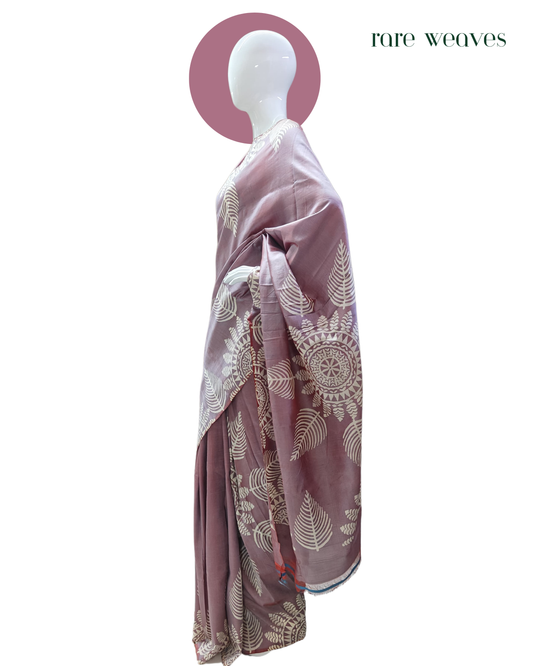 Sold out
Sold outBishnupur Silk with Hand Block
Regular price Rs. 5,628.00Regular priceUnit price / per -
Dual tone Bishnupur Katan with Zari Border
Regular price Rs. 5,800.00Regular priceUnit price / per -
Hand Batik on Bishnupur Silk
Regular price Rs. 5,850.00Regular priceUnit price / per -
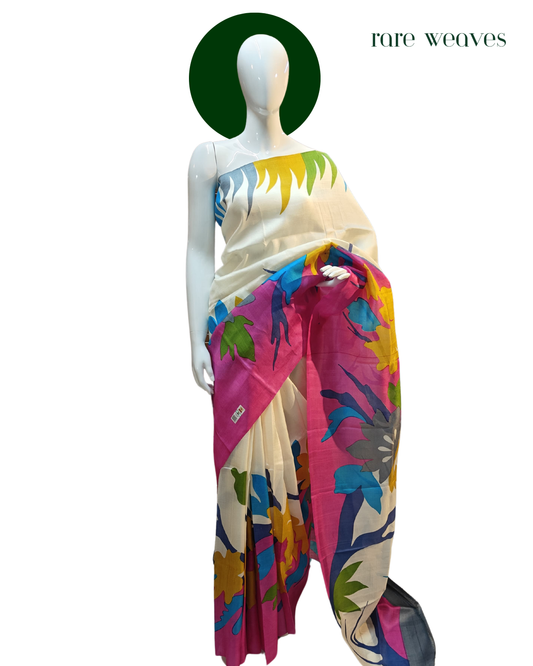
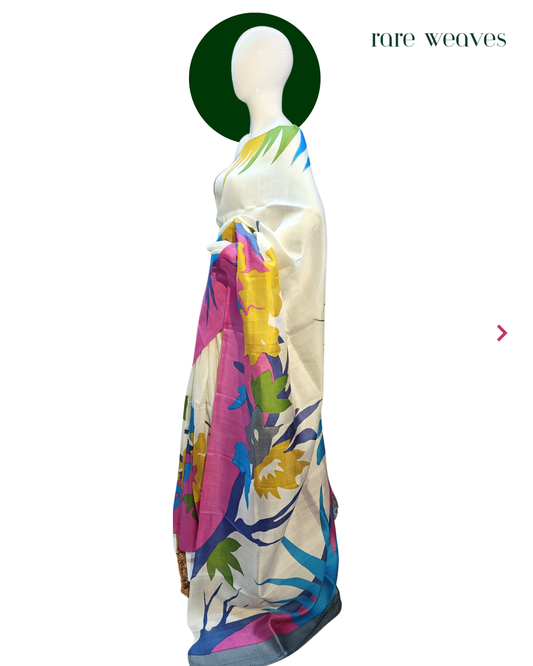 Sold out
Sold outHandblock on Bishnupur Katan Silk
Regular price Rs. 5,850.00Regular priceUnit price / per -
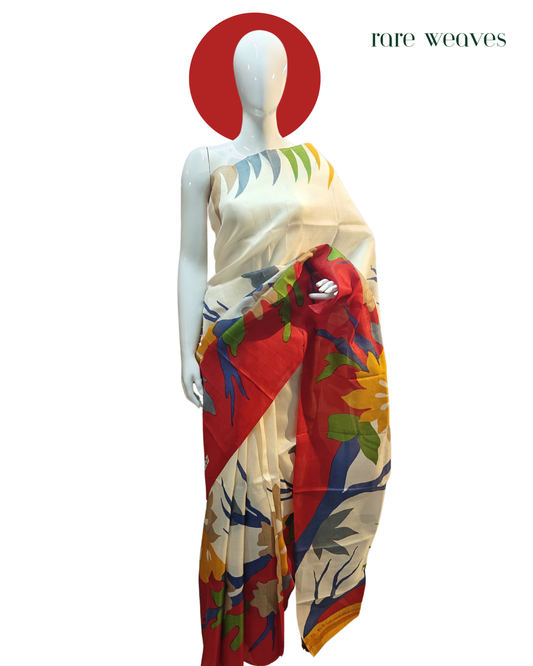
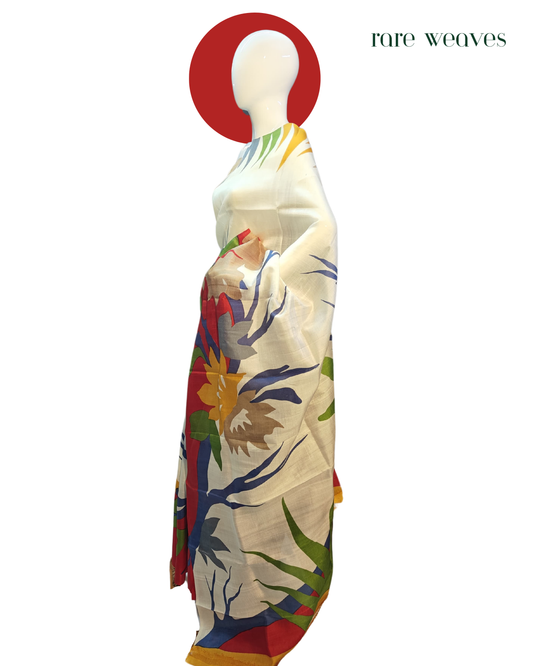 Sold out
Sold outHandblock on Bishnupur Katan Silk
Regular price Rs. 5,850.00Regular priceUnit price / per -
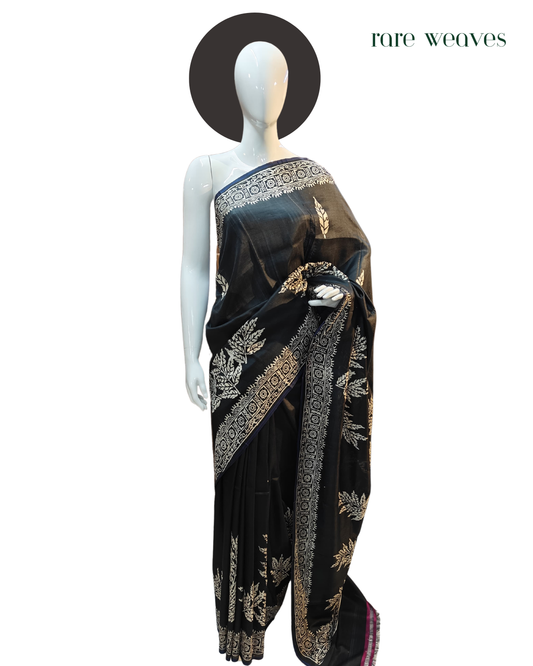
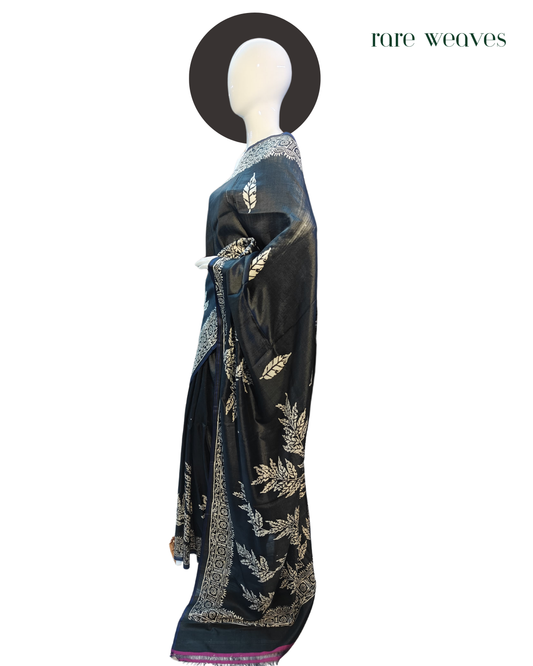 Sold out
Sold outHandblock on Bishnupur Silk
Regular price Rs. 4,500.00Regular priceUnit price / per -
Handmade Bishnupur Katan Silk with Zari Border
Regular price Rs. 4,500.00Regular priceUnit price / per -
Handmade Kalakshetra Bishnupur Silk
Regular price Rs. 5,850.00Regular priceUnit price / per -
Handpainted Bishnupur Katan
Regular price Rs. 5,860.00Regular priceUnit price / per -
Handpainted Bishnupur Katan Silk with Hand Batik
Regular price Rs. 6,999.00Regular priceUnit price / per -
Handpainted Bishnupur Katan Silk with Zari Border
Regular price Rs. 5,999.00Regular priceUnit price / per -
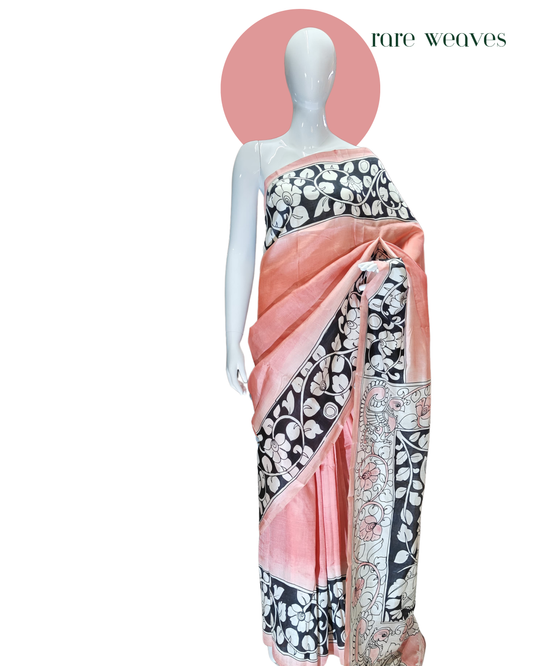
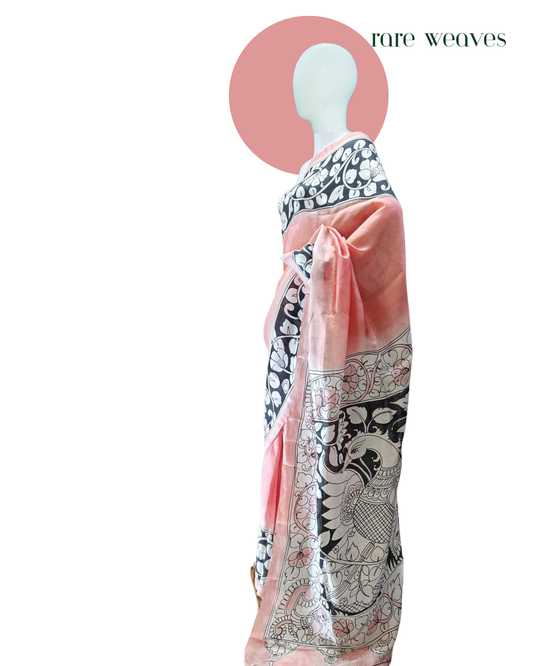 Sold out
Sold outHandpainted Bishnupur Silk
Regular price Rs. 5,500.00Regular priceUnit price / per







